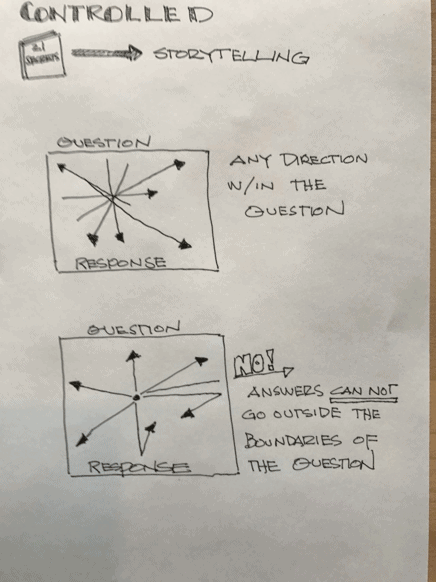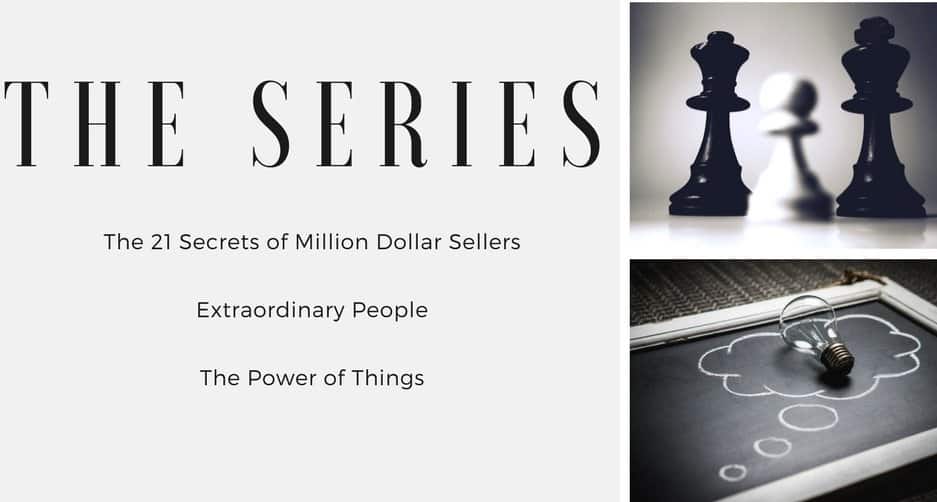The Problem with “How”!
I knew what I wanted to do. I wanted to discover what patterns were followed by great sales professionals. I had an inkling they were doing a lot of the same things no matter what they were selling. But, I struggled with the how, how would my curiosity lead me to results?
There have been countless surveys and models based on sales. In fact, I had been part of many teams for many companies looking at their sales processes with the goal of making them better. I had seen numeric surveys galore that simply took the scales of 1-10, accumulated the answers, divided by the participants to tell you some number is significant because it appeared in the data. I was not interested in that.
I wanted to talk to successful sales people. I wanted them to tell me what is important and I wanted them to use a 40,000-year-old tool, the story. I wanted their stories. I wanted their emotional context. I believed that in the tales they would tell, there would be truly significant patterns of behavior.
As a scientist by education, I always fall back to a simple problem-solving tool, the scientific method (with a few Creative Ventures adjustments).
- Observe: I had worked on sales projects for Fortune 500 companies for 30 years. I had a boat load of observing under my belt.
- Question: I wanted their stories, but I needed a framework for their narratives to follow or you would get an endless rambling of stuff. Sales people love to talk.
- Hypothesis: I believed that all successful sales people did many of the same things. I believed that their successful behaviors crossed products, markets, and businesses.
- Gather Data: I was willing to take a long time to find the information and a long time it would be.
- Test: I had the opportunity to see it in action.
So armed with that, I created my HOW framework.
Normally this process comes up with a very OBJECTIVE methodology. I was not interested in that. I came up with an insanely subjective approach; ask them questions and let them tell me stories about that subject. In these stories would be the real ways they FEEL, they THINK and they BEHAVE. I don’t believe you can find that in any scaled answer. Not very scientific.
I spent a long time storyboarding the questions that would serve as the foundation for the project (all of which are in the book). I used my knowledge of story as a strategy to create a framework.
- Each question would create a sort of subplot to the overall information I was looking for.
- Each question would create independent stories.
- In their response would be everything I need to find a pattern.
This brings me to the key to this type of creative procedure: CONTROLLED STORYTELLING. This simple sketch below, which drew hundreds of times for the sales people I interviewed, showed the idea. You can tell me as many stories as you want. You can pontificate and explore within your response, you simply CAN NOT GO OUTSIDE THE PARAMETERS OF THE QUESTION. This is controlled storytelling and we became experts at it.

We used this same systemic approach to the application of story patterns for all of our clients that want an internal version of The 21 Secrets.
I agree, not the most scientific approach. In fact, I recognize that the results and the interpretation of such a bulk of personal data filled with idiosyncrasies and probably biased stories might not fit with any statistician’s view of “real “results. But, it yielded me and my Creative Ventures team the most significant strategy in the 31 years of our practice.
My HOW has become a foundational aspect of our consulting services.
Funny how curiosity and discovery can yield something of such great significance!
For more about our methods and results, check out our book.



Leave a Reply